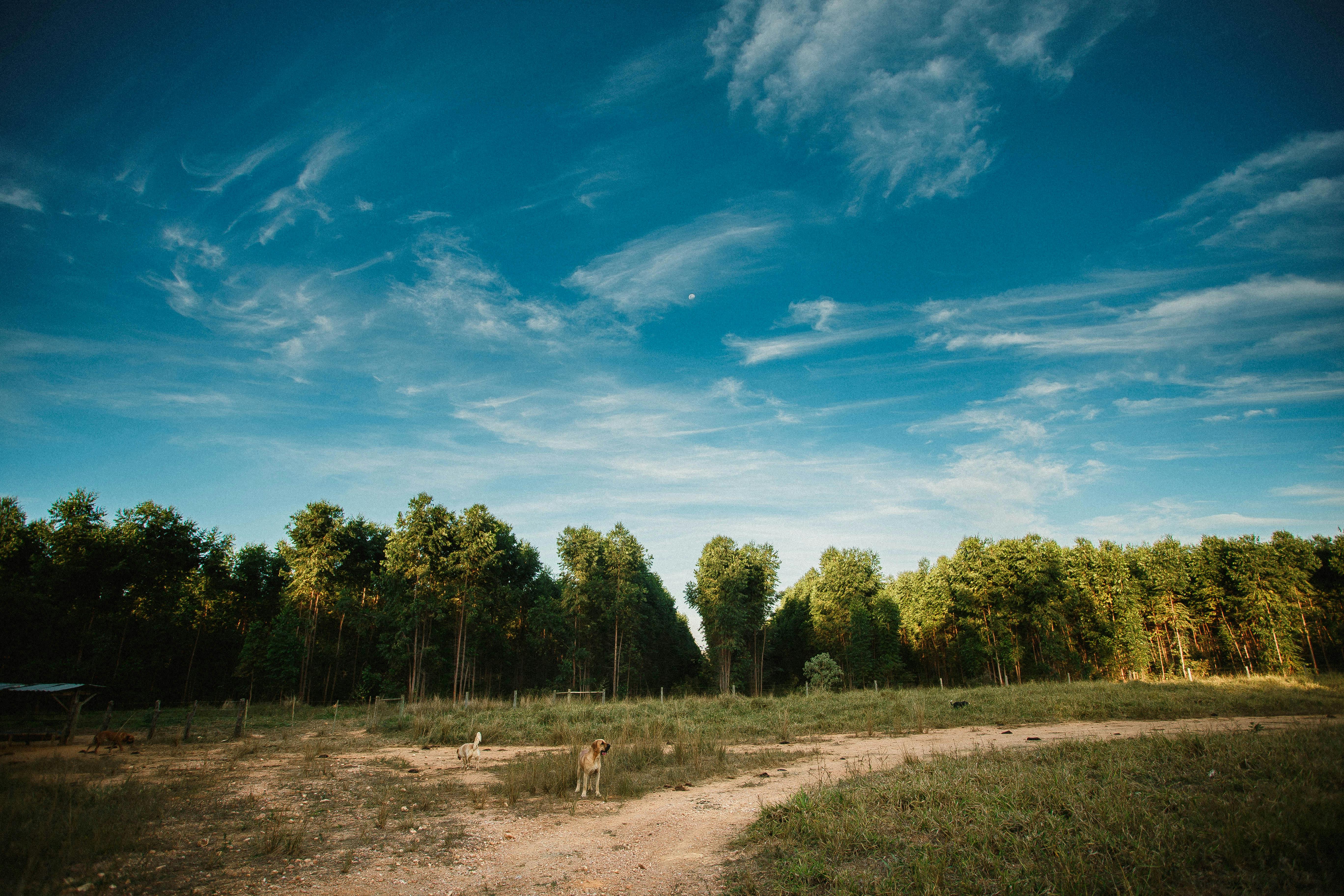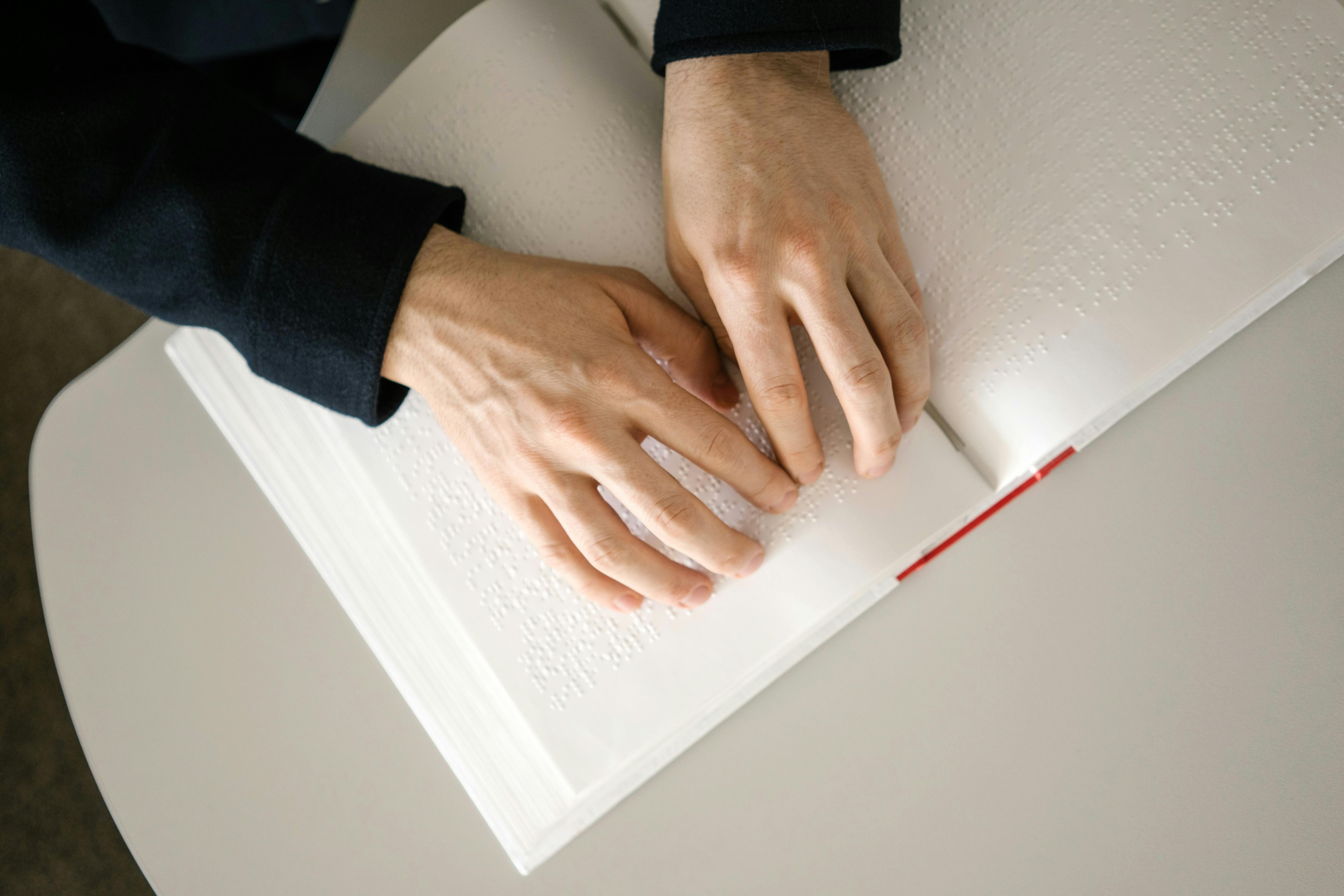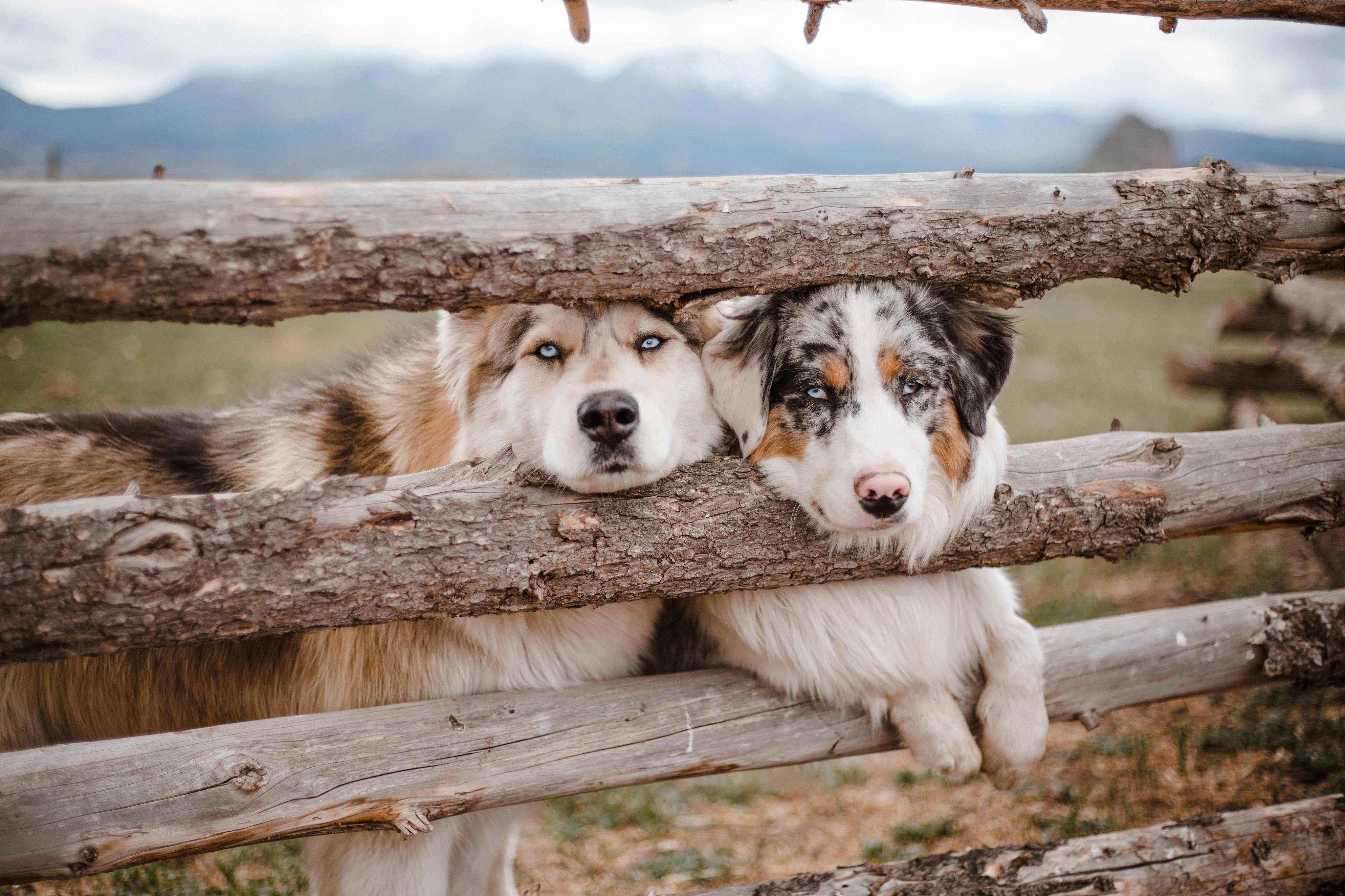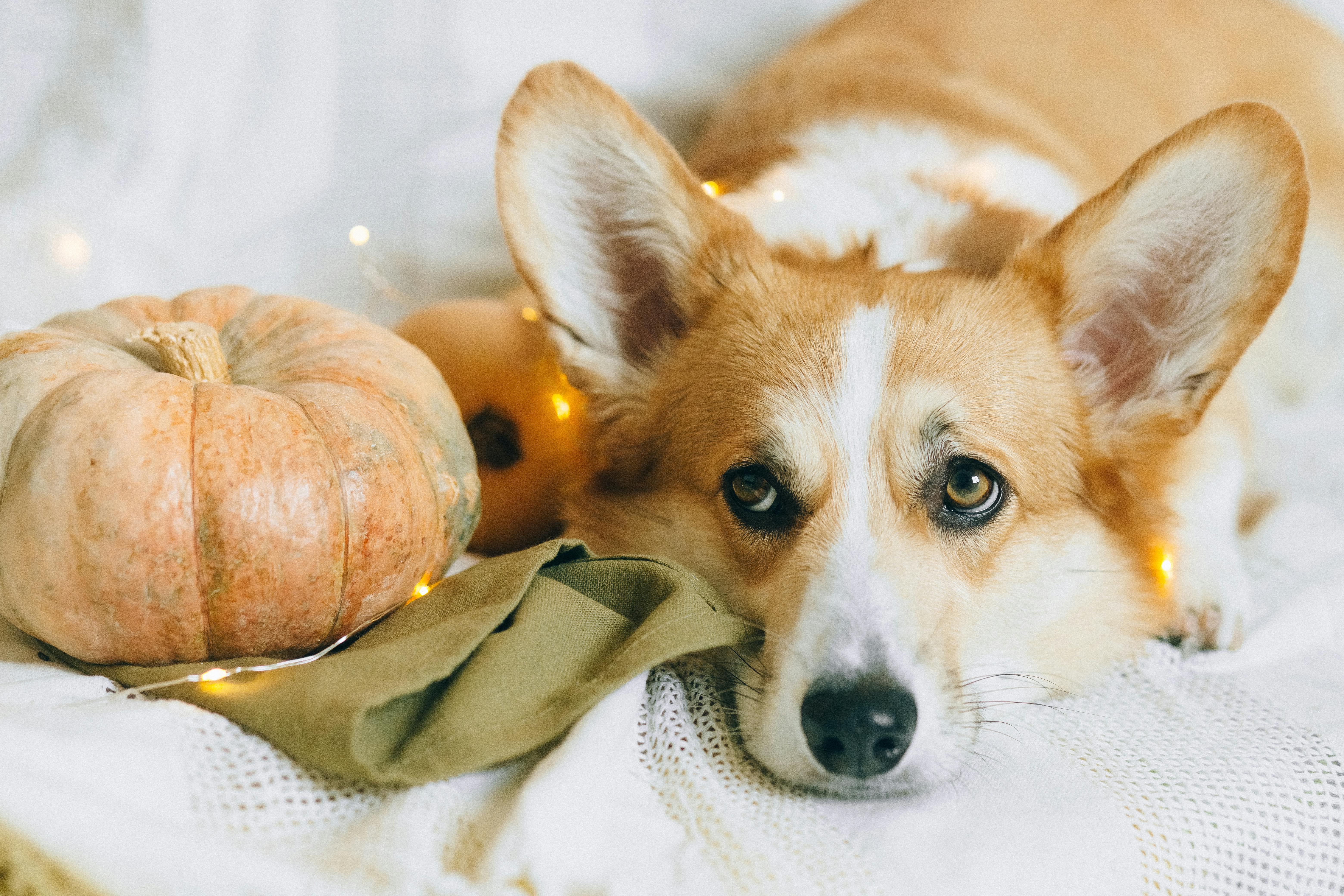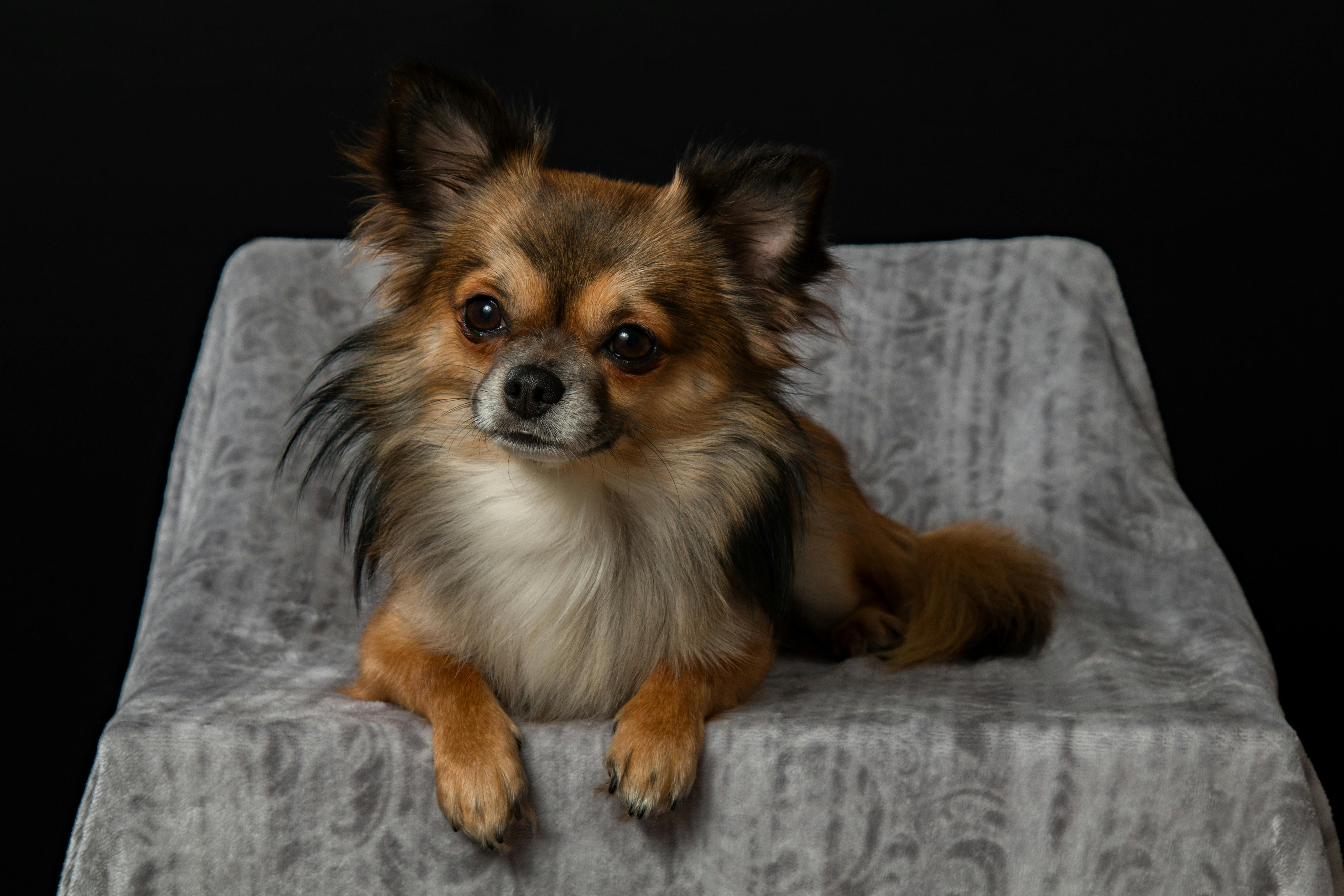As with most reptile selective breeding, bearded dragons are sometimes considered projects unto themselves. What happens is if there are some bearded dragons that have some unique traits, let’s say they’re big, they’re very brightly colored, or in any case the end result is new bearded dragons with even stronger traits than those listed. So let’s say you have a pair of bearded dragons that have yellow jaws around them. So you decide to breed them, the end result would be a set of bearded dragons that have even more yellow around their jaws, then their hatchlings would have more yellow, and so on until you had a set that would show almost full yellow. Body. While this may seem like an easy task, it really should be left to a professional breeder. The reason you can’t reproduce brother and sister is because every time you reproduce you run the risk of increasing genetic defects and deformities. There is a lot of risk involved and you need to really know what you are doing to be successful with this type of method. The rest of us can still benefit from the selective breeding projects of those experts in the form of impressive new strains of bearded dragon.
Sand Fire Bearded Dragons
Sandfire bearded dragons first appeared in the early 1990s. There is one of the first genetically engineered bearded dragons. They are selectively bred from other bearded dragons that have more orange and red in their natural coloration. The name sandfire comes from the sandfire dragon ranch where they were first bred by owner Bob Mailloux. Sand Fire Dragons that are mostly crimson and fire red are called Sand Fire Reds, and those that are deep yellow and mustard gold are called Sand Fire Golds.
gold dragons
Another color would be the gold dragon which started in the 1990’s. These are bred from dragons that have red and gold tones. These dragons may also share some genetics with sand fire dragons.
lemon-fire
These dragons are kind of a mix between the great red color of the sand fire dragons and the bright golden color of the golden dragons. The head and jaws are bright yellow and the flanks are crimson, they are truly something to look at. Some may even say that they appear to be radioactive, because they are so bright.
Red blood
These are also known as ruby red. These are bred from dragons that have a lot of red in their coloration. These may appear as if they are soaked in blood.
pale varieties
Not everyone seems to like these red, yellow, and gold animals. But that’s fine, as there is a wide selection of different color varieties to choose from. There is the leucistic dragon. This dragon is almost completely white. These are not albinos, but they do look like a ghost. There are true albino dragons that exist, and there are also some that are called snow dragons that are similar in coloration to the leucistic dragon.
german giants
German Giants are bred from beards that are larger in size and have stronger bone structure. These types of beards were imported to Germany in the 1980s and thus adopted the name German Giants. To compare one of these to a standard sized dragon, a German giant is around 50% heavier than normal dragons. Also, the female German giant can lay around 65 eggs and a standard female bearded dragon can lay around 25 to 28 eggs. When first deciding which color variation to purchase as your first dragon purchase, I recommend getting a regular one purchased from your local pet store. The reason is so you can see if being a beard keeper is your cup of tea, if not then selling one is much easier than it would be to buy a rarer color variation and try to sell it. Furthermore, it is also much more expensive to buy one of these rare dragons.
